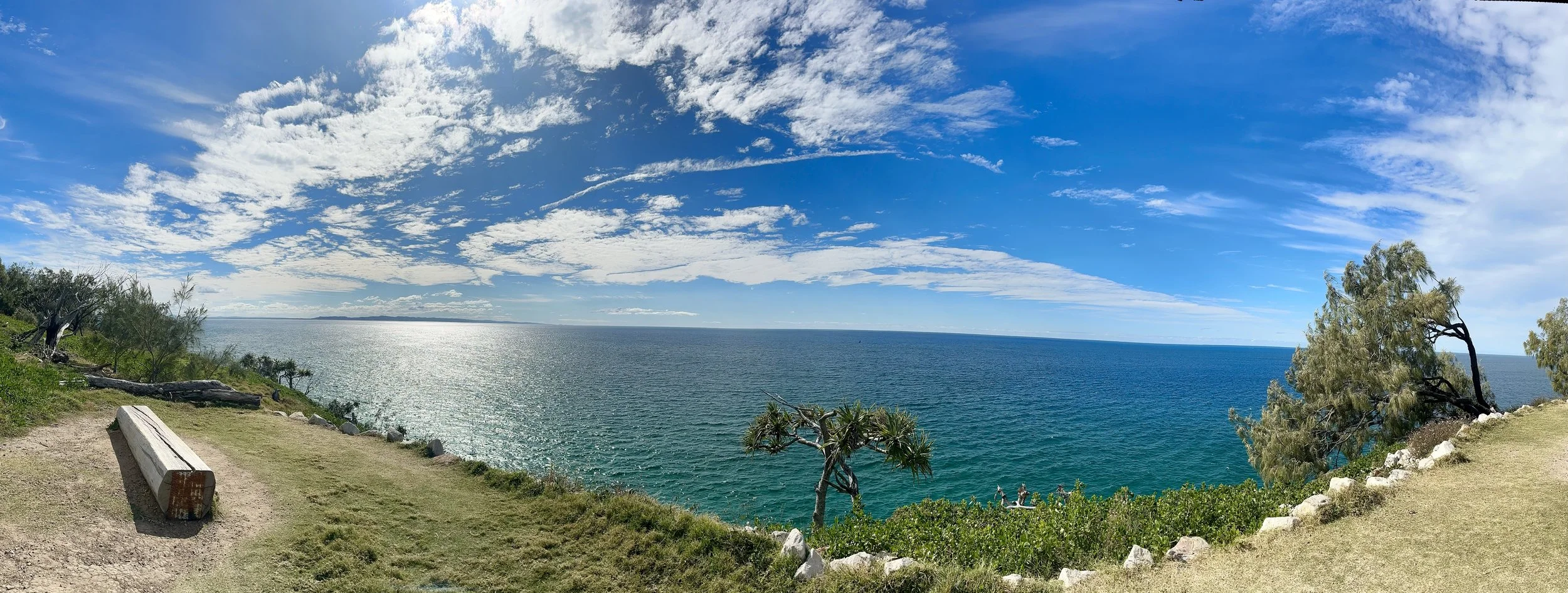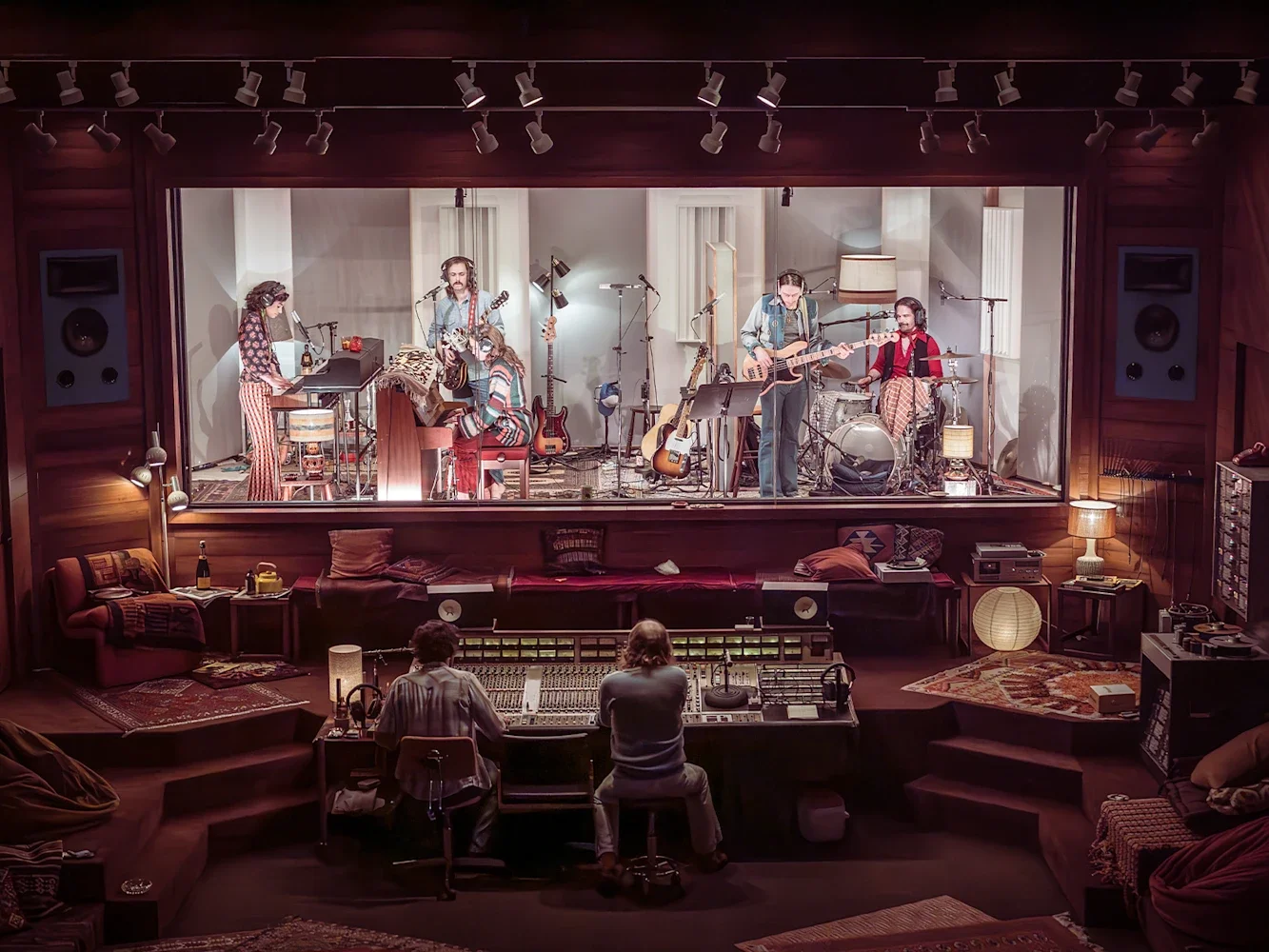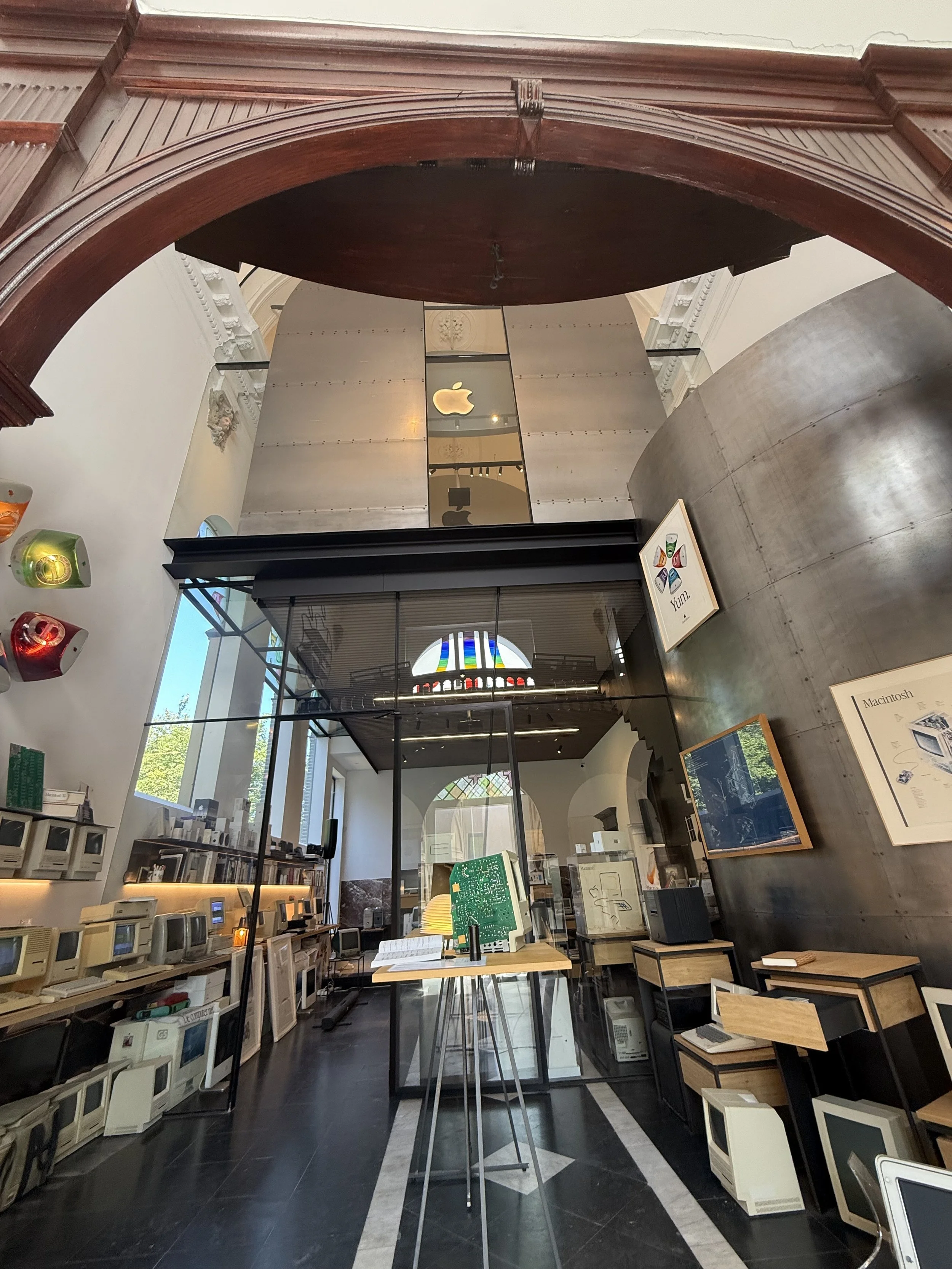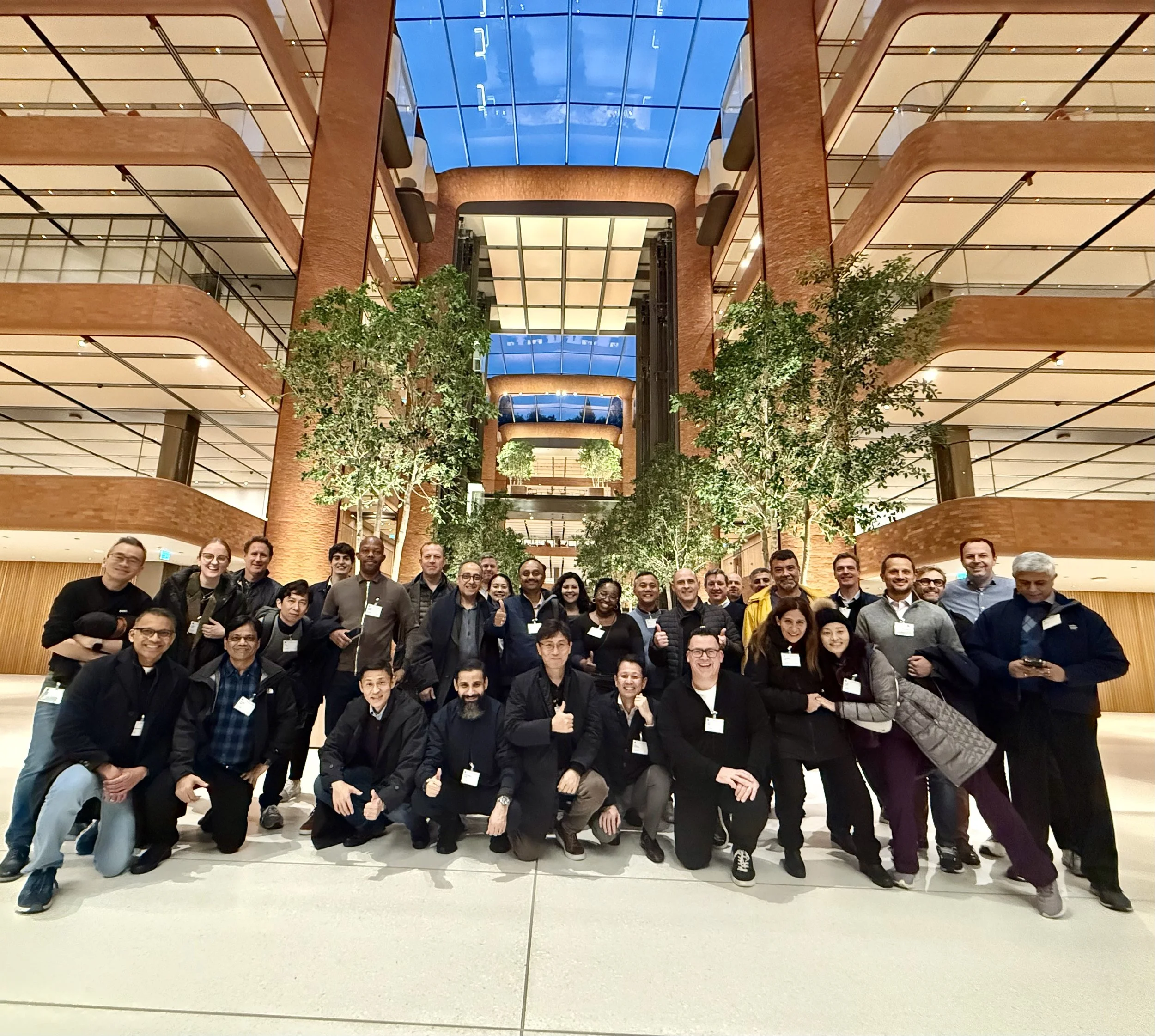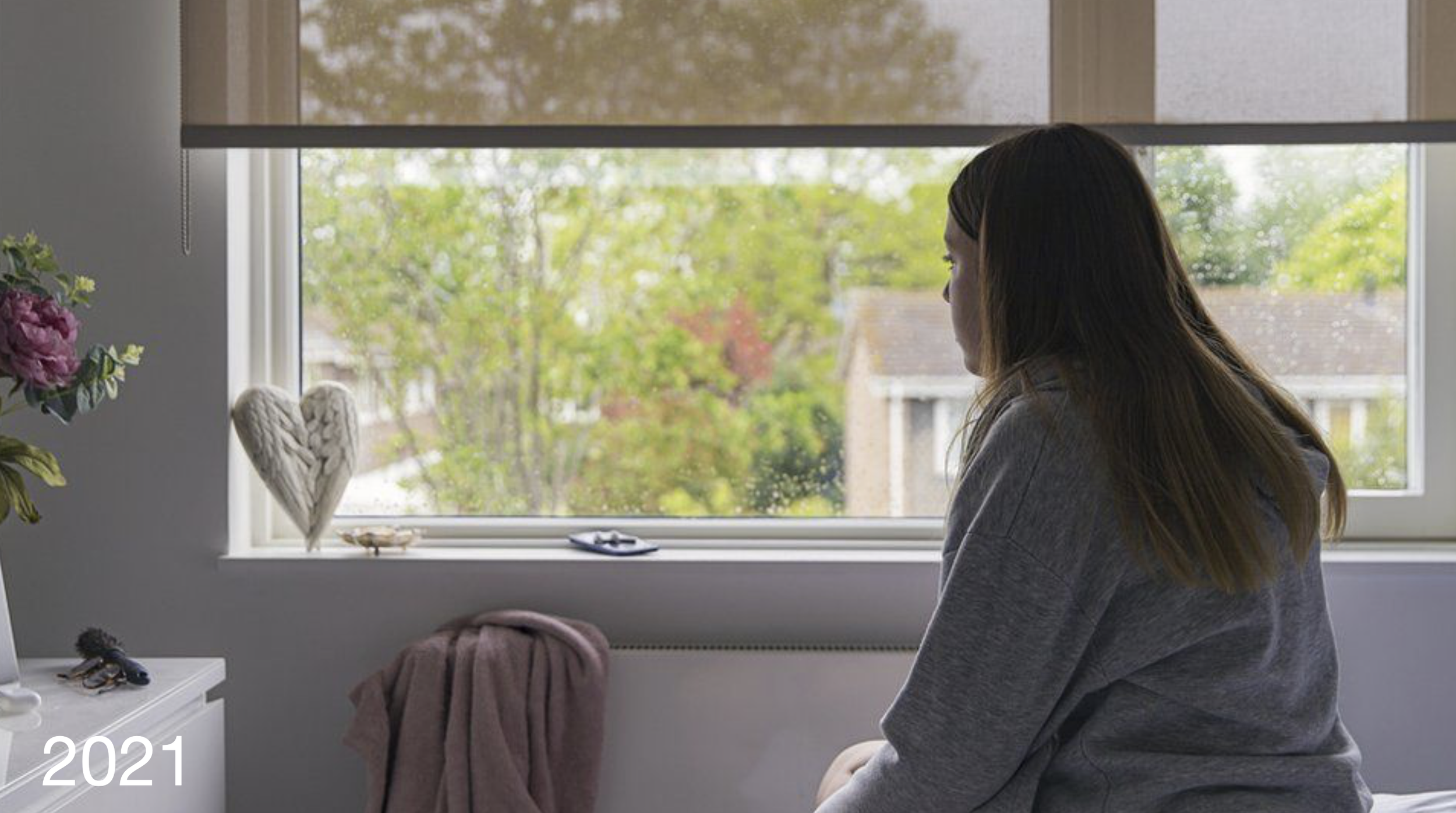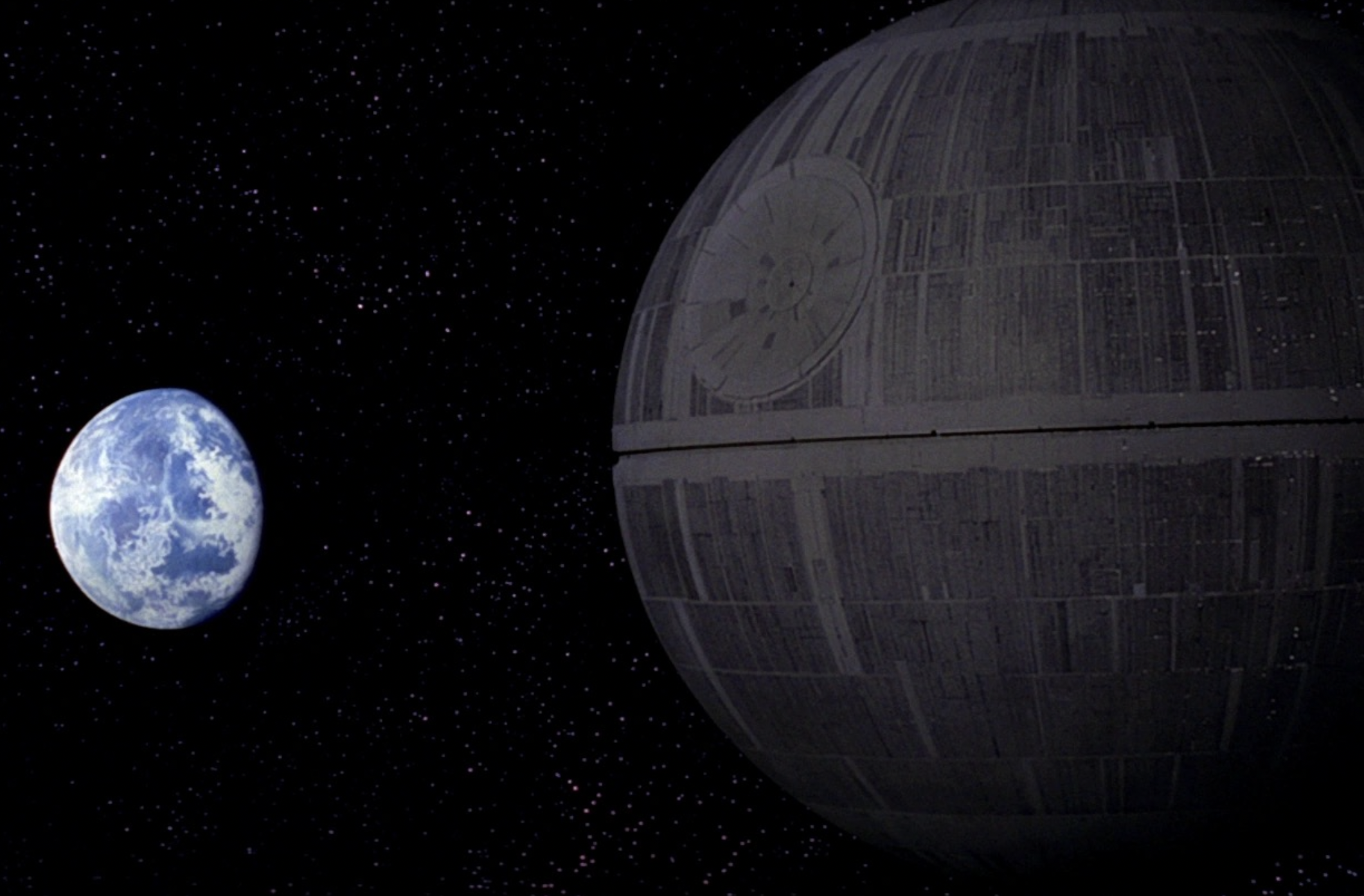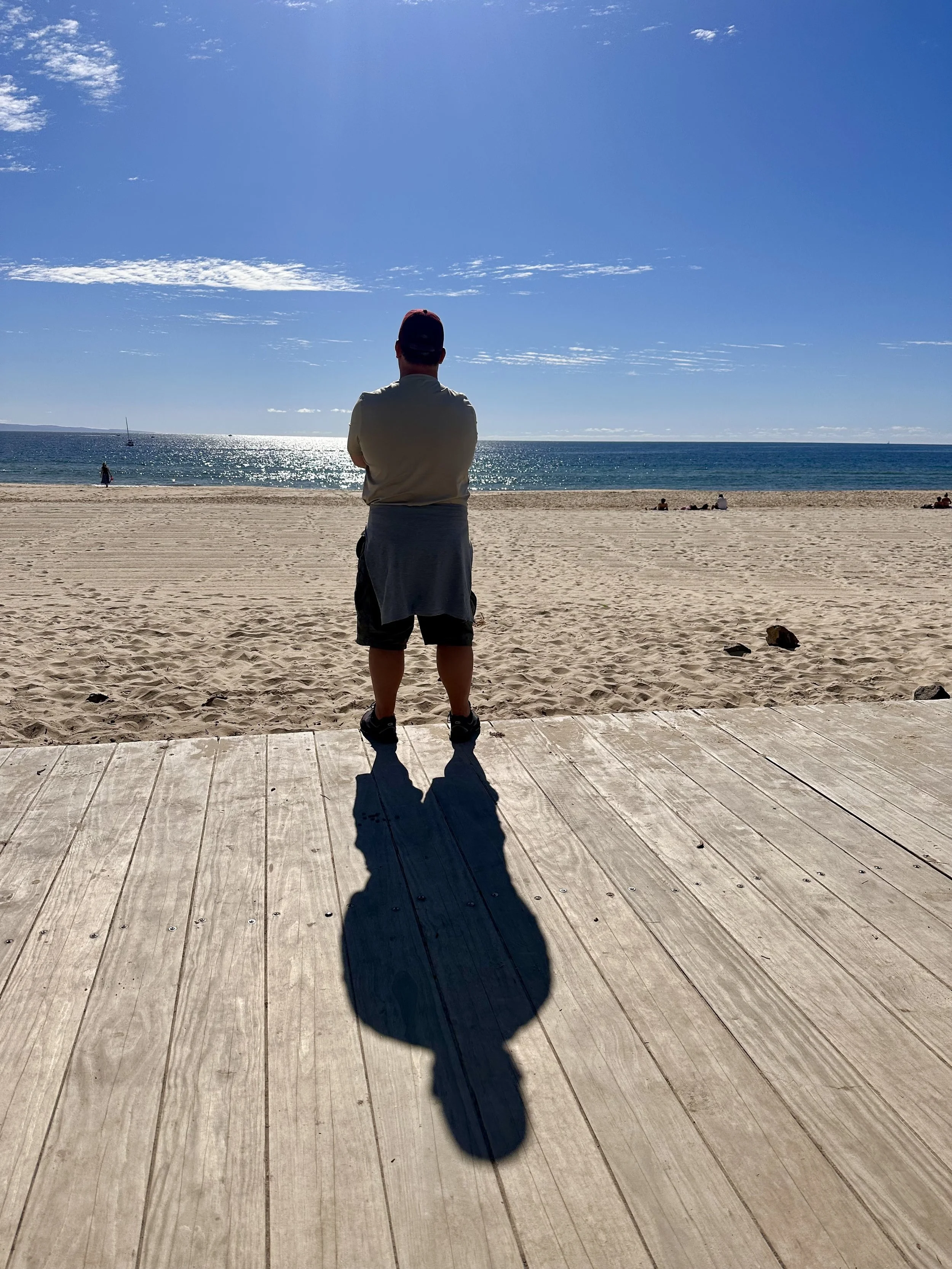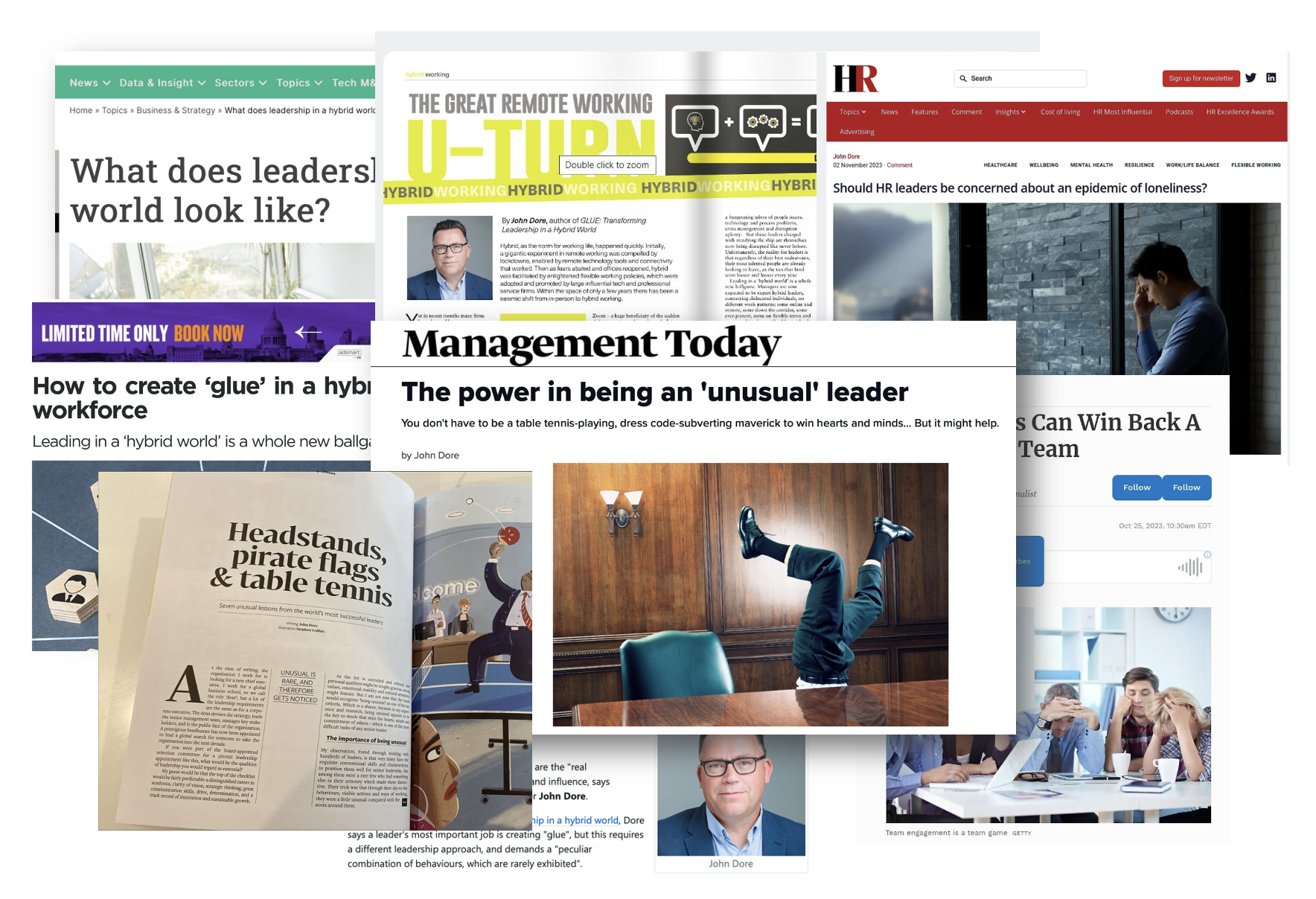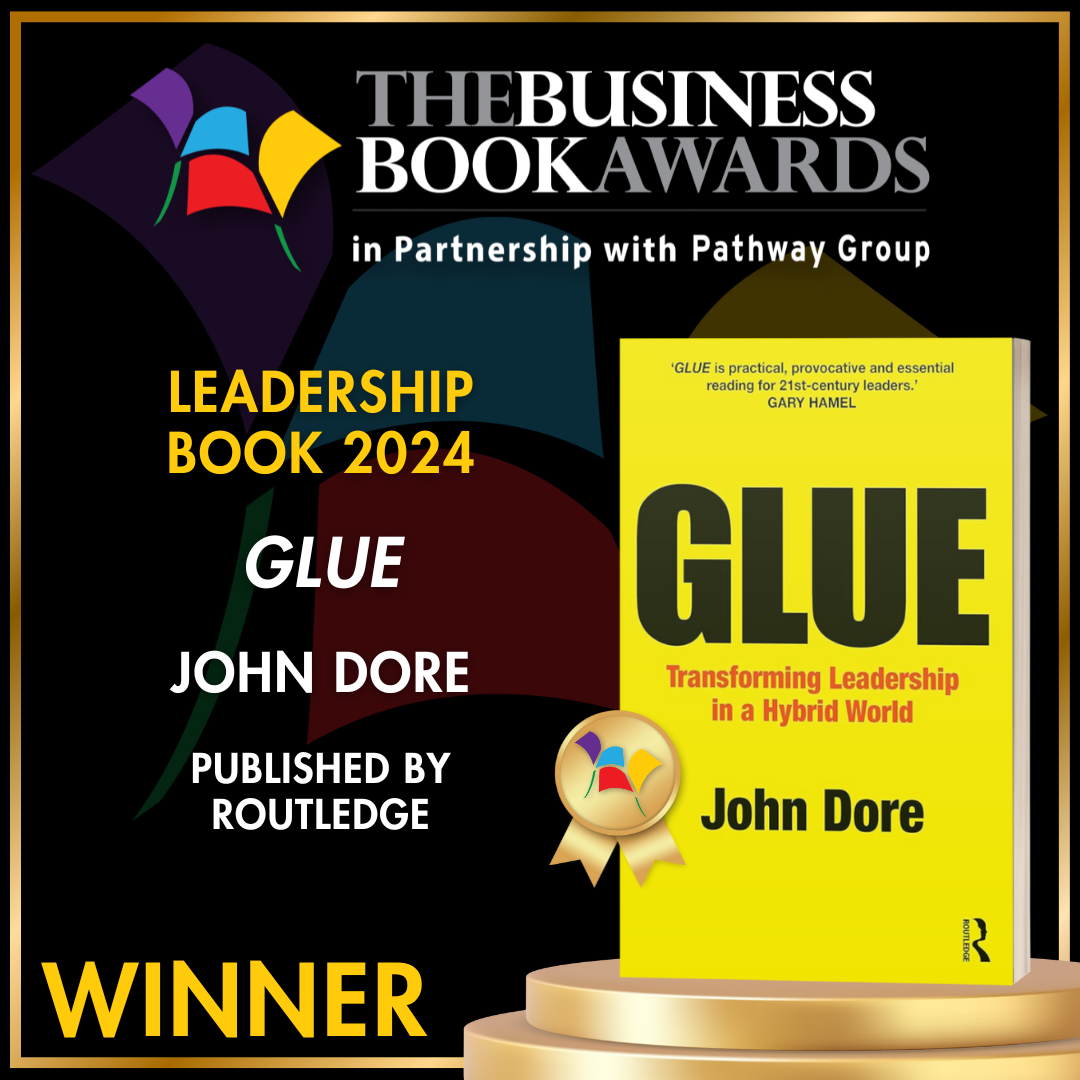Stereophonic and the Art of Process
/I’ve always had a particular fondness for Fleetwood Mac. I discovered them late, like half the planet listening to Tango In the Night, which remains one of the best-sounding records ever made. Then, in 2021, after interminable lockdown restrictions, Rumours of Fleetwood Mac (a British cover band who are exquisitely good) was the first band I saw live at Cadogan Hall. It felt like my brain and senses had been reborn.
But with Fleetwood Mac, it’s not just these memories, or even the great music. It’s also the backstory, and the sheer unlikelihood of it all.
The folklore goes that Mick Fleetwood, working in Sound City Studios in California, wandered into a studio next door, overhearing Lindsey Buckingham and Stevie Nicks recording, and deciding on instinct that Buckingham’s guitar playing was what his band needed. Out of that happy accident - and Buckingham’s insistence that Nicks came as part of the dea - the five-piece version of Fleetwood Mac was formed. Within a year, they recorded Rumours, one of the greatest albums ever made, with 40 million copies and counting sold.
So, when I went to see the new play Stereophonic, which is now playing in London after its success on Broadway, I was ready to love it. The parallels to Fleetwood Mac are immediately apparent: the intertwined romances, the creative tension, the intoxicating mix of ego and talent. The producers must have had top-notch lawyers because the Fleetwood Mac parallels are writ large throughout.
For anyone who has ever been fascinated by the process of creating great albums, the setup feels irresistible: a 1970s rock band confined to a stage set of that recording studio, trying to turn dysfunction into art. The show perfectly captures the atmosphere of the era: the clunky reel-to-reel machines, the cigarette smoke, the cramped hum of the control room. It captures, with almost painful accuracy, the immeasurable boredom of the analogue recording process.
We often romanticise those tape-based sessions, as if recording was done “properly” back then. In reality, it involved endless takes. At one point in the play, they move through takes 32 to 35 as if it’s the nightly norm, then more rewinds, more retakes, with five days spent chasing the perfect snare sound. Creativity slowed to a crawl.
And that’s where Stereophonic stumbles. At three and a half hours, it mistakes the veracity of the process for drama. It shows us the grind, the pettiness, the waiting, the repetition, but forgets that what made Rumours immortal wasn’t the suffering. It was the songs.
Ironically, the play’s original music, written by Will Butler of Arcade Fire, is superb. Haunting, melodic, full of that bittersweet ache that made Fleetwood Mac’s harmonies so irresistible. Every time the cast picks up their instruments and plays, the show lifts off. Suddenly, you feel it - the spark, the moment where chaos and emotion transmute into art. But these moments are rare, and in the second half, almost non-existent, except for a tedious, strangulated, claustrophobic a cappella.
If Stereophonic had leaned harder into more music, more performance, more output, it could have justified its indulgent length. Instead, it gets lost in the very thing it seeks to critique: the endless process, the navel-gazing, the inertia of trying too hard to make something perfect.
Heading home, I found myself thinking back to Dave Grohl’s Sound City documentary, which tells the story of that legendary California studio where Mick discovered Lindsey and Stevie. Grohl celebrates the magic of imperfection, the accidents that make something real. That’s the energy Stereophonic could have used more of.
And yet… briefly, after over 90 minutes of drugs, broken coffee machines and banal pettiness, when the music finally comes, when the band locks into a groove and everything else falls away, it’s transcendent. In those moments, you remember why you fell in love with music in the first place. Oddly, the room could have taken off, but the audience remained (mainly) seated. The director could have played it very differently — as pretty much any West End theatre promoter would beg them to — and let the playing bring the house down, as others did memorably in The Girl from the South Country, or in Once (reviewed previously).
Stereophonic shows us that great art is born not just from pain, but from persistence, from staying in the room, even when it feels like a nightmare and nothing’s happening. Stereophonic knows that truth. It just forgets to turn up the volume on the product of all that pain.

